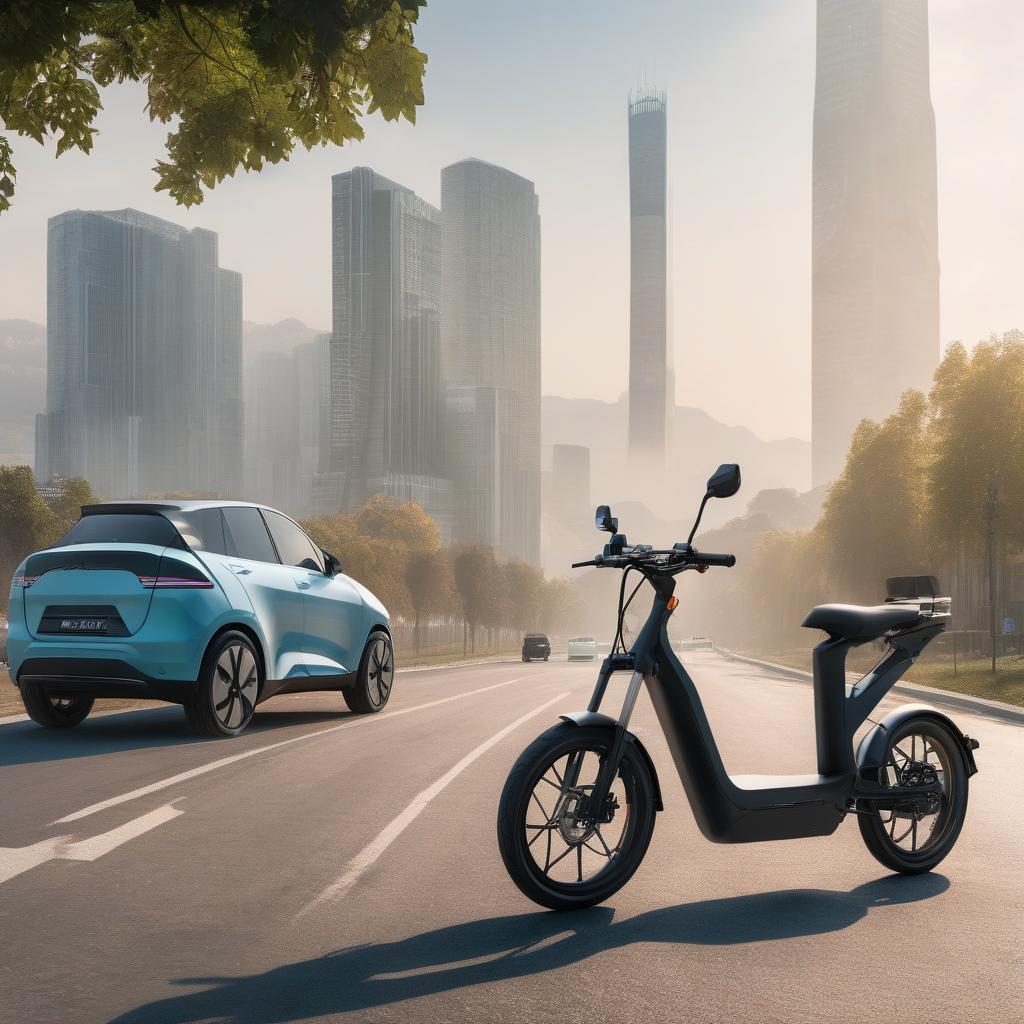Electric Bicycles and Solar Energy: The Future of Transportation
Introduction
In recent years, the popularity of electric bicycles (e-bikes) has surged dramatically, fueled by a growing awareness of environmental issues and the desire for innovative and efficient modes of transportation. This increase in e-bike adoption presents an opportunity to leverage renewable energy sources like solar power, creating a synergistic relationship that enhances sustainability. As we delve into the integration of electric bicycles and solar energy, we uncover a promising future for eco-friendly transportation.
Section 1: Electric Bicycles
- History and Evolution of Electric Bicycles Electric bicycles have their roots dating back to the late 19th century, with the first patented designs emerging in the 1890s. However, it wasn’t until the 21st century that advancements in battery technology and electric motors propelled e-bikes into the mainstream, making them more accessible and desirable than ever.
- Benefits of Electric Bicycles
- Environmental Impact: E-bikes produce significantly fewer emissions than cars, contributing to cleaner air and a reduction in urban congestion.
- Health Benefits: Riding an e-bike promotes physical activity while still providing assistance, making it an ideal choice for new cyclists or those looking to get back into fitness.
- Cost-effectiveness: With lower maintenance costs and no fuel expenses, e-bikes offer an economical alternative to traditional transportation methods.
- Types of Electric Bicycles
- Pedal-assist: These bikes provide a boost to pedaling efforts without a throttle, encouraging a more active riding experience.
- Throttle-controlled: Offering a fully electric ride with the press of a button, these bikes are favored for ease of use and convenience.
- Key Components of Electric Bicycles
- Motor: Typically located in the hub or crank, the motor is crucial for providing the necessary power to assist riders.
- Battery: The heart of any e-bike, the battery determines the range and performance, with lithium-ion options being the most popular due to their high energy density.
- Controller: This component manages power delivery to the motor, allowing for different levels of assistance and diagnostic feedback.
Section 2: Solar Energy
- Introduction to Solar Energy Solar energy is harnessed through photovoltaic (PV) cells that convert sunlight into electricity. This renewable energy source presents numerous advantages, such as sustainability, cost savings in the long term, and the ability to decentralize energy production.
- Solar Panels for Electric Bicycles
- Integration of Solar Panels on E-bikes: Some innovative e-bike models incorporate solar panels directly onto the bike’s frame or accessories, allowing for on-the-go charging during rides.
- Charging Capabilities and Efficiency: The efficiency of solar panels has significantly improved, enabling effective energy collection even in less-than-ideal weather conditions, though charging times vary based on sun availability.
- Solar Charging Stations
- Infrastructure for Solar-Powered E-bikes: Locations like parks, city squares, and transit stations can serve as dedicated solar charging hubs, allowing e-bike riders to recharge their batteries with clean energy.
- Public and Private Initiatives: Cities and private entities are increasingly investing in solar charging stations, creating an ecosystem that supports the growth of electric bicycles and encourages their use.
Section 3: The Intersection of Electric Bicycles and Solar Energy
- Benefits of Combining Electric Bicycles with Solar Energy
- Extended Range and Battery Life: Solar panels can supplement the battery charge, enabling longer journeys and reducing reliance on grid electricity.
- Reduced Carbon Footprint: Utilizing solar energy for e-bikes significantly decreases reliance on fossil fuels, contributing to broader goals of sustainability and climate change mitigation.
- Challenges and Limitations
- Cost Considerations: The initial investment for solar-integrated e-bikes or solar charging stations can be high, though they may lead to savings in the long run.
- Efficiency of Solar Charging: While solar power can extend the range of e-bikes, factors such as sunlight availability and seasonal changes can impact charging efficiency.
- Case Studies and Success Stories
- Companies and Individuals Leading the Way: Brands that develop solar-integrated e-bikes and cities that install solar charging stations are paving the way for a greener future.
- Impact on Communities and the Environment: By reducing reliance on traditional transportation methods, these initiatives foster cleaner urban environments and healthier communities.
Conclusion
The combination of electric bicycles and solar energy presents a transformative opportunity to redefine transportation. By embracing these innovations, we can reduce carbon emissions, promote healthier lifestyles, and foster sustainable urban environments. As technology continues to evolve, the future looks bright for electric bikes powered by the limitless energy of the sun.


